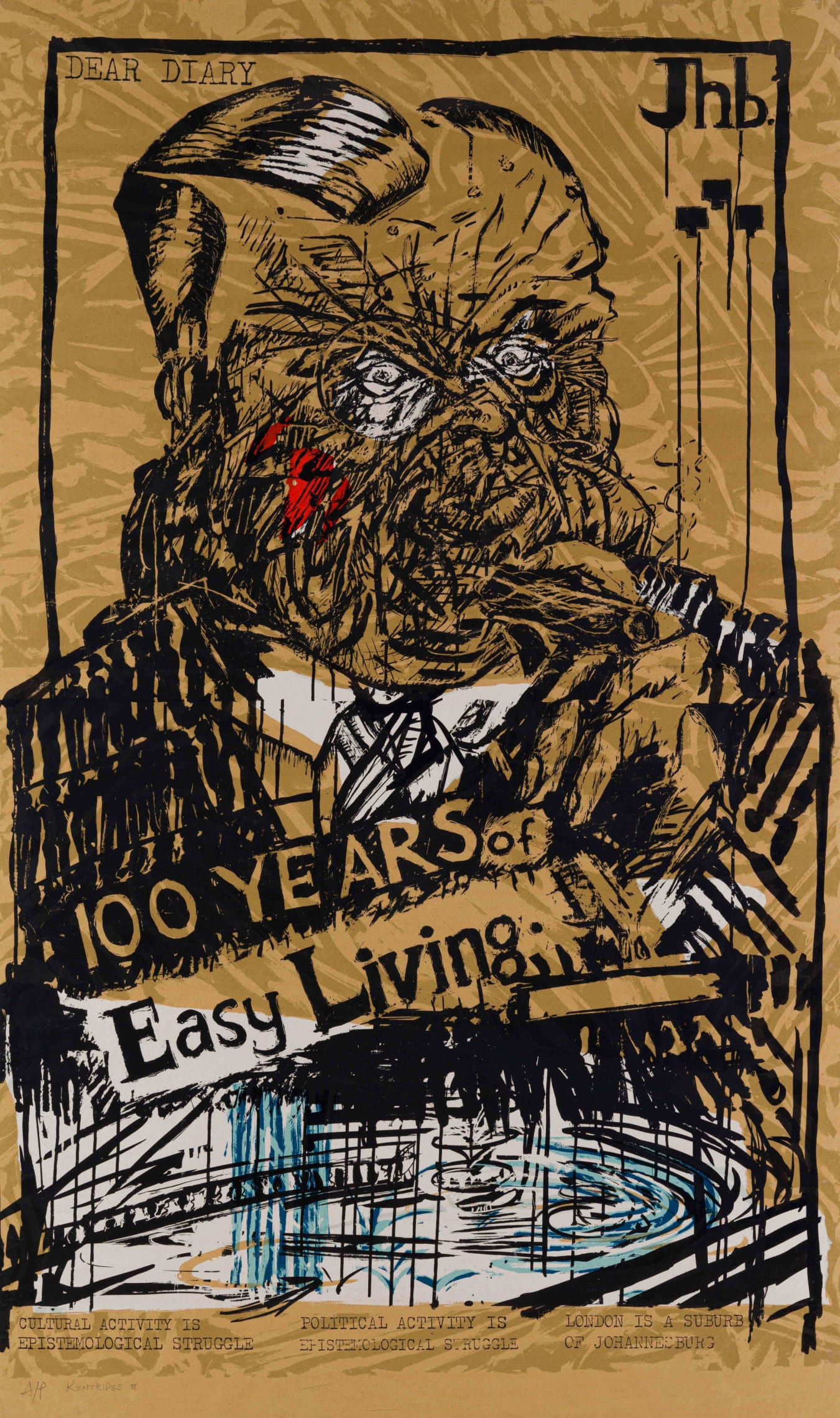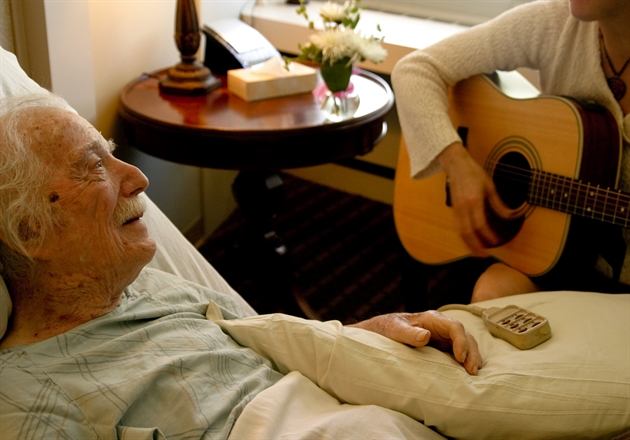Dance tips can transform how you experience movement, allowing you to express yourself freely and joyfully. Whether you’re a novice looking to learn how to dance or someone eager to dance like nobody’s watching, these insights can elevate your skills. Embracing the rhythm with confidence, even when learning complex choreography, opens doors to new ways of connecting with music and your inner self. Remember, every dancer has their own unique style, so don’t be afraid to let your individuality shine through. These dance tips aren’t just about technique—they’re about finding that exhilarating sense of liberation and personal expression through movement.
When it comes to embracing the art of movement, having effective dance advice can be a game changer. From mastering basic steps to exploring unique expressions, the journey of learning to move gracefully can be incredibly fulfilling. Techniques that emphasize rhythm and confidence can empower anyone to showcase their unique flair. Whether you find yourself in a class or just dancing in your living room, the key is to engage with your surroundings and the music around you. Discovering the joy of dancing in an authentic manner is not only about the physicality but also a soulful experience that unites mind, body, and spirit.
Embracing Dance Freedom
Dance is often perceived as a structured activity, governed by rules and certain expectations. However, one of the most liberating concepts in dance is to embrace the freedom it offers. When you dance like nobody’s watching, you allow your body to express emotions that words sometimes fail to convey. This approach not only enhances your enjoyment of the movement but also helps you shed the anxiety surrounding how you look or whether you’re executing steps perfectly. By letting go of those inhibitions, you’re more likely to experience the joy that dance brings.
Moreover, this freedom can have profound effects on our mental and emotional well-being. When you move without judgment, it’s akin to stepping into a meditative state where you connect with your inner self. Dance can be a release, a celebration of life’s moments, and a reflection of your personal story. So the next time you step onto the dance floor or perhaps your living room, remember that it’s your space to explore and express, regardless of the audience.
Dance Tips for Beginners
If you’re new to dance, it can be daunting to find your rhythm and express yourself. Here are some effective dance tips to help beginners gain confidence. First, focus on enjoying the movement rather than getting every step right. Join classes that cater to your skill level where the emphasis is on fun and creativity rather than perfect choreography. Use music that resonates with you; allow your body to respond naturally to the beat, facilitating a more genuine expression of your emotions.
Additionally, practicing in front of a mirror can give you immediate feedback on your movement and help you become more aware of your body. It’s not just about looking good — it’s about feeling good in your skin and projecting that energy outward. Remember, the more you practice and allow yourself to experiment with various dance styles, the more your confidence will grow. Whether you’re practicing jazz, salsa, or hip-hop, each style provides an avenue for recurrent self-discovery.
Spirituality Through Dance
Dance is not merely a physical act but also a spiritual practice that can connect you to deeper aspects of yourself. In many cultures, spiritual dance serves as a form of connection to the divine or as a method of honoring ancestors and traditions. This idea ties back to practices like djine foly, where dancers enter trance-like states, celebrating and expressing their spiritual experiences through movement. Engaging in dance can facilitate a deeper exploration of your spirituality, allowing for a dialogue between your physical being and your inner feelings.
To harness spirituality through dance, start by creating a conducive environment that allows you to connect with your higher self. This could mean playing music that resonates with you on a spiritual level or dancing in solitude where you feel free to let go. As you dance, focus on your breath and let go of structured movements. Instead, allow your body to respond to the rhythms of the music, creating a personal and spiritual journey that deeply nourishes your soul.
Overcoming Dance Anxiety
Many individuals face anxiety when it comes to dancing, often worrying about judgment or not meeting certain expectations. Overcoming this dance anxiety involves shifting your mindset from one of self-consciousness to one of joy and expression. A useful strategy is to recognize that the joy of dancing outweighs the pressure of appearing perfect. When you dance, remember that the goal is not to impress others but to connect with yourself and the music. This mindset can release a lot of the pressure that comes with dancing.
Techniques such as visualization can be powerful tools for managing anxiety. Before a dance session, visualize yourself moving freely and joyfully, unhindered by thoughts of how you might be perceived. This mental preparation can set a positive tone for your experience, allowing you to cultivate confidence and embrace your unique style. And always remember, the dance floor or any space you choose to express yourself is yours to enjoy!
Finding Your Dance Style
Discovering your personal dance style is a journey of exploration where you can fuse your personality, preferences, and influences. Start by exposing yourself to various dance forms, such as ballet, hip-hop, contemporary, or even traditional cultural dances. Attend classes, watch performances, and try out different styles to see what resonates with you. Each dance form has its nuances and emotional expressions, allowing you to find what speaks to your soul.
As you experiment, consider what aspects of each dance style evoke emotions or feel natural to you. Dance is a powerful means of self-expression, so don’t hesitate to incorporate elements from multiple styles to create a unique expression that reflects your individuality. The key is to enjoy the process and let your body guide you towards a style that makes you feel most alive and connected to your surroundings.
The Power of Dance in Communities
Dance often plays a pivotal role in bringing communities together, fostering connection and unity among individuals of diverse backgrounds. Social dances and community events provide opportunities for people to engage with one another, breaking down barriers and creating a shared sense of belonging. Whether it’s a neighborhood block party or a cultural festival, dance helps celebrate our differences while anchoring our shared human experience.
Moreover, engaging in dance within a community can greatly enhance your skills and confidence as a performer. Practice with your peers not only helps you learn from one another but also creates a safe space for artistic expression and risk-taking. Through shared experiences on the dance floor, friendships grow, and the communal spirit thrives, making dance not just a personal endeavor but a collective celebration of life.
Building Confidence Through Dance
Building self-confidence through dance is a transformative experience that transcends just movement. Dance encourages individuals to express themselves without judgment, creating a platform for self-awareness and acceptance. Often, stepping outside one’s comfort zone can lead to breaking mental barriers that limit self-expression. Accepting oneself on the dance floor, with all its quirks and uniqueness, is a crucial part of developing confidence that transcends into daily life.
Practicing regularly, regardless of skill level, is essential for building confidence. As you become more familiar with your body’s capabilities and the types of movements that resonate with you, your self-assurance grows. Celebrating small victories in your journey, whether it’s mastering a specific step or simply feeling good moving to the music, can reinforce a positive self-image and encourage further exploration in your dance journey.
Dance: A Language of Expression
Dance serves as a universal language; it transcends barriers and communicates emotions and stories in ways that words sometimes cannot. Through movement, dancers convey feelings of joy, sadness, freedom, and struggle, offering a glimpse into their worlds. When you dance, you are not just moving; you are sharing your narrative, creating a profound connection with anyone who watches. It allows both the dancer and the viewer to experience a spectrum of emotions, enriching cultural appreciation and understanding.
Incorporating elements of personal and cultural storytelling into your dance can deepen your expression, making your performances more relatable and impactful. Engaging with different cultural styles or themes can elevate your performance and broaden your understanding of the rich tapestry of dance as an art form. Ultimately, dance as a language celebrates individuality while fostering a sense of community across diverse narratives.
The Therapeutic Benefits of Dancing
Dancing has been proven to offer numerous therapeutic benefits, making it an excellent way to maintain mental and emotional well-being. When you dance, you release endorphins, which are natural mood lifters, thereby reducing feelings of stress and anxiety. The physical activity involved in dance encourages better mental health and provides an enjoyable way to cope with daily challenges. It becomes a form of self-care that not only nourishes the body but also soothes the soul.
Engaging in regular dance practice can lead to improved cognitive function as the brain forms new connections while learning choreography. The focus on rhythm and coordination helps with mental dexterity and increases brain engagement. Hence, embracing dance as a routine activity can significantly enhance overall wellbeing, making it both a joyful and necessary practice in today’s fast-paced world.
Frequently Asked Questions
What are some dance tips for beginners who want to learn how to dance confidently?
To dance confidently as a beginner, start with basic steps and practice consistently in a comfortable environment. Use online resources or classes that focus on fundamental techniques. Always remind yourself that dance is about expression; dance like nobody’s watching to build comfort. Gradually, as you gain skills and confidence, incorporate more complex movements into your routine.
How can I dance like nobody’s watching while still improving my technique?
Dancing like nobody’s watching is a great mindset for freeing yourself from self-judgment. To improve your technique, practice in front of a mirror or record yourself. Focus on basic steps and transitions but allow yourself the freedom to express emotions when you dance. Incorporating these elements will help enhance your skills while maintaining the joy of dance.
What is the best choreography advice for someone creating their own dance routine?
When creating a choreography routine, start by choosing music that inspires you. Break the song into segments to make constructing movements easier. Focus on developing a story or emotion through your choreography. Experiment with different styles and incorporate elements of dance that resonate with you. Remember to keep it fluid and allow for spontaneous movements; this can often lead to unique expressions.
What mental barriers should I overcome to dance with confidence?
To dance with confidence, it’s crucial to overcome the fear of judgment. Remind yourself that everyone has a unique dance style. Meditation or mindfulness techniques can help you achieve a relaxed state, making it easier to express yourself through dance. Embrace the idea that dance is a personal journey; the more you focus on the process rather than the outcome, the more liberated you will feel.
How does spiritual dance differ from other styles of dancing?
Spiritual dance emphasizes moving beyond mere physicality to connect with deeper emotions or universal energy. It often involves improvisation and emotional expression, allowing dancers to access their inner selves, much like the djine foly practice mentioned in Malian culture. This form of dance can serve as a form of meditation, promoting inner peace and emotional release.
What tips can help me enjoy dance more without worrying about how I look?
To enjoy dance without concern for appearance, focus on the joy of movement rather than aesthetics. Create a space where you feel free and comfortable, and allow yourself to explore how your body wants to move. Participating in group classes or community dance events can also encourage a supportive atmosphere that reinforces enjoyment over perfection.
How can I incorporate spiritual dance into my regular dancing routine?
Incorporate spiritual dance into your practice by setting aside time to focus on conscious movement and emotional expression. Engage in mindfulness or warm-up exercises that allow you to connect with your breath and body. Create a playlist of music that resonates with you spiritually, and use it as a backdrop while letting your body flow freely in improvisation.
Are there any dance tips to help with overcoming stage fright before a performance?
To combat stage fright, practice visualization techniques by imagining a successful performance. Rehearsing in front of friends or family can also boost confidence. Focus on your breathing to calm nerves; deep breaths will help settle your mind. Finally, remember that it’s natural to feel nervous—embracing those sensations can actually enhance your performance!
What are some ways to stay motivated to practice dancing regularly?
To stay motivated, set achievable goals for your dance practice, whether that be learning a new routine or improving a specific technique. Consider finding a dance buddy or joining a community class to keep the experience social and fun. Additionally, explore various dance styles to keep your practice fresh and engaging, ensuring you remain excited about learning.
What role does improvisation play in dance, and how can I practice it?
Improvisation in dance allows for personal expression and spontaneity, enhancing creativity. To practice improvisation, set a timer and move freely to music of your choice without predetermined steps. Focus on how your body feels and reacts to the rhythm. This kind of practice helps in developing your unique dance style and can be liberating, making the dance experience more enjoyable.
| Key Point | Details |
|---|---|
| Choreographer’s Perspective | Dance is about expression and being seen; it’s a narrative shared through movement. |
| Cultural Reference | In Mali, ‘djine foly’ refers to a trance-like state achieved through dance, linking to spiritual experiences. |
| Emotional Release | Shouting and unleashing emotions can help dancers release tension and connect with their inner selves. |
| Dancing Abandonment | The mantra is to dance freely without concern for appearance; it’s a spiritual phenomenon. |
Summary
Dance Tips encourage dancers to embrace their true selves and release inhibitions. Jeffrey L. Page emphasizes the importance of expressing oneself through dance without worrying about judgment. He shares insights on the cultural significance of dance, particularly the trance-like state found in Malian traditions, and highlights the emotional release that dancing can provide. By shouting and fully immersing oneself in the rhythm, dancers can connect with their spirituality and creativity. Ultimately, the key to dancing is not perfection but the freedom of expression, making it an exhilarating and cathartic experience.



